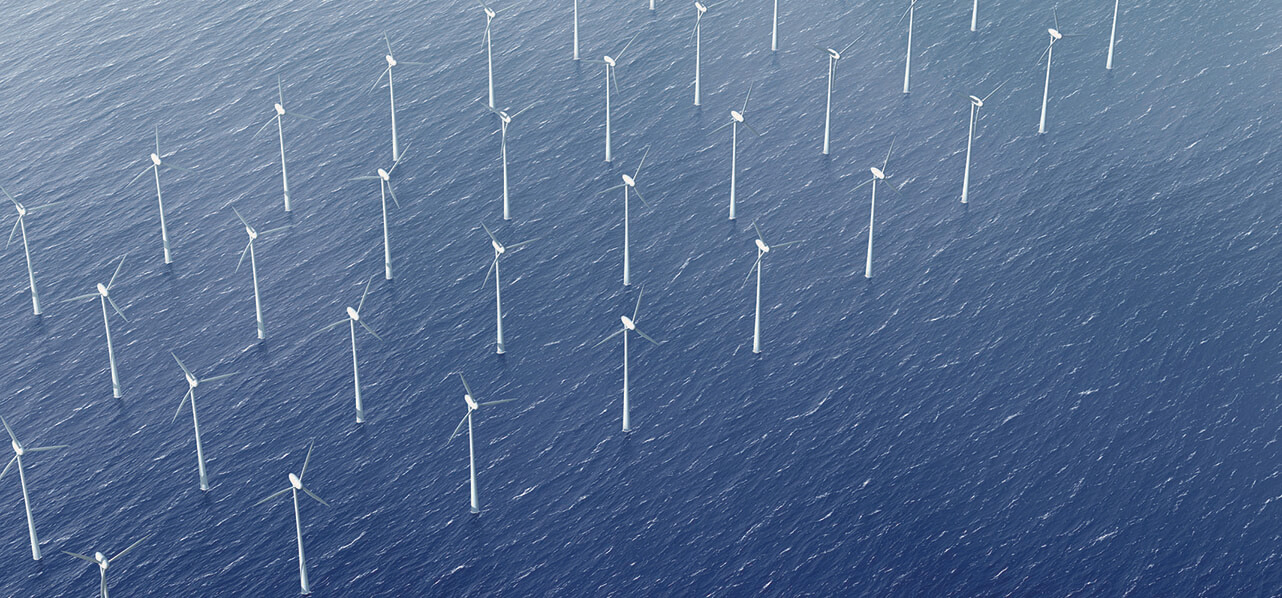The development process for offshore wind projects in the Philippines begins by the developer obtaining a Certificate of Endorsement with the DOE. This is accompanied by other registrations and approvals, such as business registration with the Securities and Exchange Commission and tax registration with the Bureau of Internal Revenue. The developer is also required to post a performance bond, being 2% (or 1% if not using a port administered by the Philippine Ports Authority) of the project cost per MW, multiplied by the offered capacity in MW according to the GEA-5 Terms of Reference.¹⁶
The next stage of the development process is pre-development. The developer must obtain an OWESC from the DOE as well as endorsements or permits from other agencies (including the DENR and National Commission on Indigenous Peoples) to ensure the project is environmentally sound, socially accepted, and technically feasible. Upon receipt of a Certificate of Confirmation of Commerciality from the DOE, the project commences its construction and commissioning phase. At this point, the Wind Energy Operating Contract (“WEOC”) is issued granting legal authority to generate and sell electricity.
The project must receive a further Certificate of Endorsement from the DOE and may enter several other agreements. For example, a Connection Agreement with the National Grid Corporation of the Philippines is required to connect to the grid. The project may also register with WESM via the Philippine Electricity Market Corporation, obtain a Certificate of Compliance and Feed-in Tariff eligibility from the Energy Regulatory Commission (“ERC”), and enter a REPA with the payment agent National Transmission Corporation (“TransCo”) if supplying under a Green Energy Auction Program.
GEA-5 Auction
On 11 June 2025, the DOE officially launched GEA-5 focussed exclusively on fixed-bottom OSW technology with an installation target of 3300MW between 2028-2030.¹⁷ Prior Green Energy Auction rounds did not include OSW, so this marks a major shift signalling the country’s intent to tap into its vast OSW potential. Fixed-bottom offshore wind was chosen due to its established global track record, cost-effectiveness and scalability.
Whilst the DOE acknowledges the future potential of floating offshore wind, the decision to prioritise fixed-bottom technology reflects a strategic effort to build early momentum. Current technical capabilities, regulatory frameworks, and infrastructure readiness make it the most viable pathway for successful deployment at this stage. If successful, GEA-5 is expected to attract significant foreign investment and position the Philippines as a regional leader in OSW.
The allocation framework methodology for GEA-5 incorporates price and non-price criteria, including price competitiveness, project readiness and capacity.¹⁸ In terms of the auction timeline, the DOE is yet to publish the Notice of Auction and the green energy auction reserve price is pending finalisation, so further delays are expected.
Figure 2: Prescribed timeline for GEA-5 (D = Day).¹⁹
| Activity | Tentative Timeline |
|---|---|
| DOE Issuance/Posting of List of Winning Bidders/Notice of Award | D99 + 1 working day |
| Auction Proper | D68 + 1 working day |
| Pre-Bid Conference | D49 + 2 working days |
| Notification to Qualified Bidders on successful registration and to Qualified Suppliers who failed the evaluation | D38 + 1 working day |
| Last day of Registration | D32 + 3 working days |
| Start of Registration of Qualified Suppliers | D31 + 1 working day |
| Publication of Notice of Auction and Terms of Reference | D1 |
